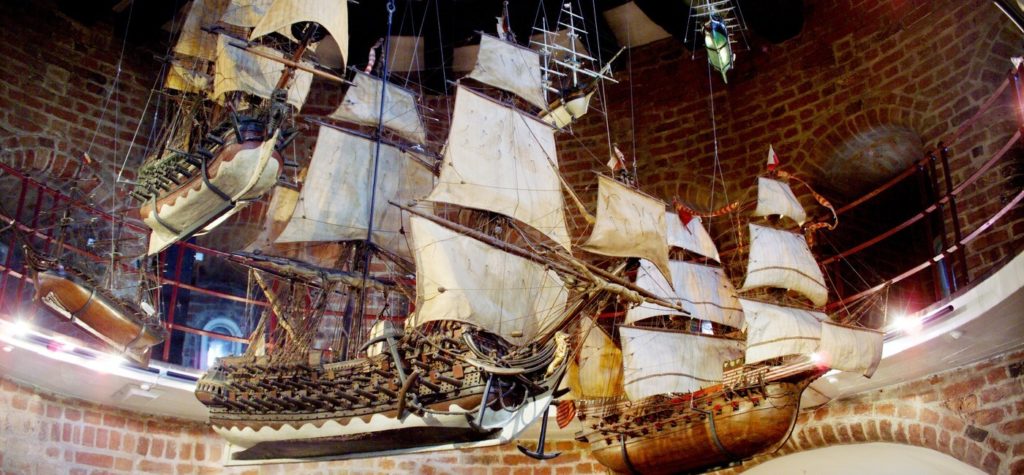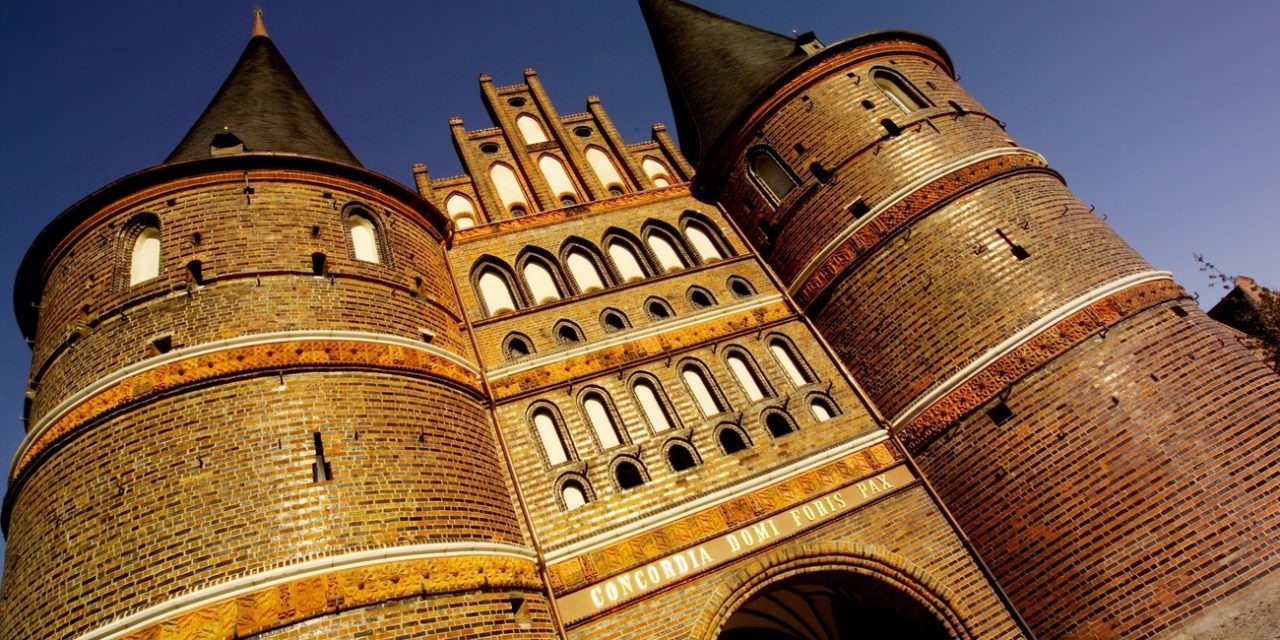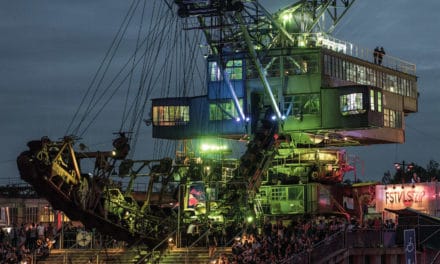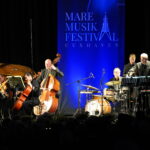Alongside the Brandenburg Gate, Cologne Cathedral and Munich's Church of Our Lady, there is hardly another German building that enjoys such worldwide popularity as Lübeck's Holsten Gate. It is the proud symbol of Lübeck's history as an empire-free city and its supremacy in the Baltic Sea region - and an epitome of all ideas of the Hanseatic League, trade, power and wealth, and therefore of everything that makes up Lübeck's historical significance.
The Holsten Gate is a city gate that borders the old town of the Hanseatic city of Lübeck to the west. It is the city's landmark. Since 1950, the Holsten Gate has housed the Lübeck City History Museum. The late Gothic building is one of the remains of Lübeck's city fortifications. Alongside the castle gate, the Holsten Gate is the only surviving city gate in Lübeck. For more than 300 years, it stood as the "Middle Holsten Gate" in a row with three other Holsten Gates, which were demolished in the 19th century. The Middle Holsten Gate, which is now known as the "Holstentor", has been restored several times, most recently in 2005/2006.

Museum Holstentor: Ship models recall the trade routes of the Hanseatic era






















